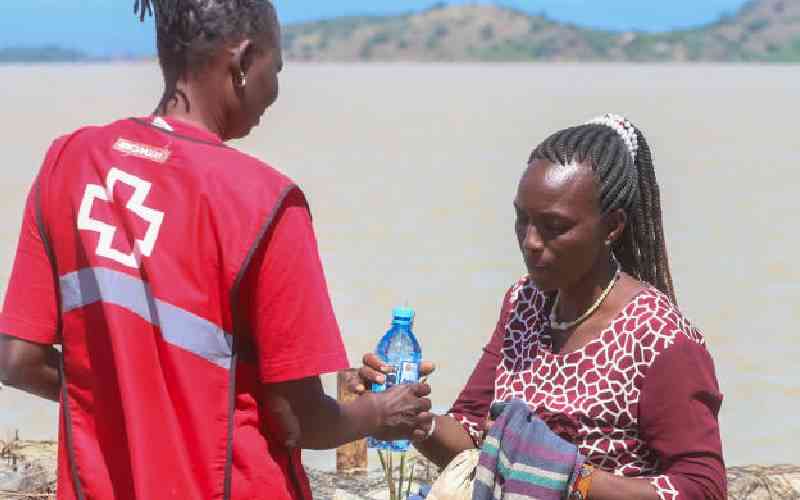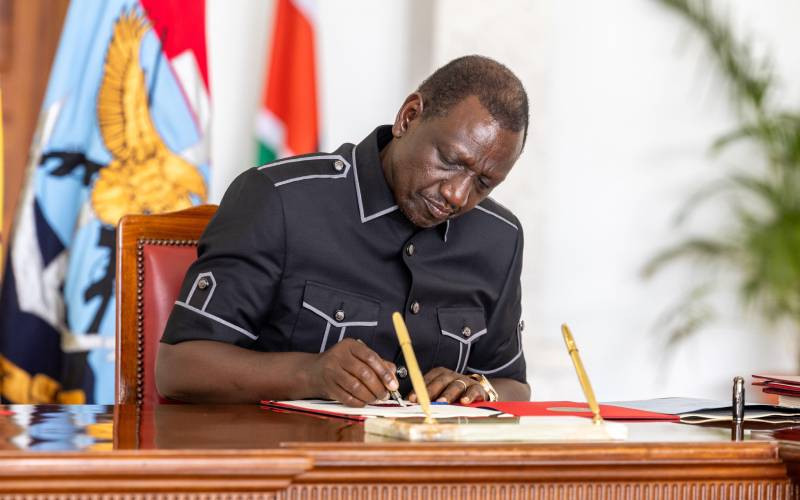That Kenyans embraced the promulgation of the new constitution in August, 2010 is no doubt a good thing. Ideally seen as a new dawn after pitch darkness, the new constitution was ratified with high optimism that it would guarantee absolute protection to the right of the voter who ensured it’s ratification by the power of the ballot. Entrenched in the very constitution is the bill of rights which allows for peaceful demonstration and picketing. Unfortunately, the police don’t seem to understand their obligation under the bill of rights.
Just recently, the National Police Service was yet again on the spotlight for alleged torture of civilians. In a report released by the Independent Medical Legal Unit (IMLU) on the state of torture incidences in Kenya, the Police Service topped the list as the largest perpetrators of torture in Kenya. As usual, the police spokesperson, Charles Owino was seen defending the very brutal force that claims to be a service.
A demonstration organized by the civil society yesterday turned into a nightmare when the police disrupted their plans. The protesters who had gathered at Uhuru Park’s freedom corner were forced to scamper for safety when the police suddenly descended on them with water cannons, and teargas canisters even before they rolled off to the streets. Even journalists were caught in the melee in which the police were seen using buttons to crack the whip on defenseless and non – chaotic activists. They wanted to deliver a petition to the president to act on run away corruption and daylight looting of public coffers that has plagued Kenya of late.
In an accountability summit held at State House in October, 2016, a matatu driver gave the shocking confession of how he had to part with at least 800 shillings on daily basis as bribe to traffic police officers. Kenyans were treated to drama when Police Inspector General was seen threatening to arrest the driver for self - confessed corruption. It took the intervention of the Independent Police Oversight Authority to save the driver. It would be interesting to note that all these unfolded in the presence of his Excellency the president, the Attorney General, Director of Public Prosecutions, Asset Recovery Agency boss, EACC chief executive, Inspector General of Police, CID Director, Independent Police Oversight Authority, judges, magistrates and other stakeholders who had graced the occasion.
It is not uncommon to see shocking images of police brutally descending on protesters with teargas canisters, water cannons, “rungus” and in some instances live bullets. It has become a normal thing when the police are seen kicking, stomping, beating and even killing protesters on the streets. This definitely rekindles the draconian memories of the “Nyayo” era when the government of the day suppressed political opposition, civil society activism and every campaign aimed at advocating for the rights of the citizens.
In the aftermath of the disputed 2007 general elections, a report by The Human Rights Watch revealed how excessive use of force by the police led to the loss of lives under circumstances where the use of lethal force was not justified in the first place. Lives were lost, yet little has been done to serve justice to the victims to date. With only a few months to the 2017 general elections, the worrying trend of police brutality casts a bleak shadow on rights and freedom. The police can definitely not be relied on to apply lawful and proportionate efforts in discharging their duties. This further begs the question, “Is the police really a service or a force?"
 The Standard Group Plc is a
multi-media organization with investments in media platforms spanning newspaper
print operations, television, radio broadcasting, digital and online services. The
Standard Group is recognized as a leading multi-media house in Kenya with a key
influence in matters of national and international interest.
The Standard Group Plc is a
multi-media organization with investments in media platforms spanning newspaper
print operations, television, radio broadcasting, digital and online services. The
Standard Group is recognized as a leading multi-media house in Kenya with a key
influence in matters of national and international interest.
 The Standard Group Plc is a
multi-media organization with investments in media platforms spanning newspaper
print operations, television, radio broadcasting, digital and online services. The
Standard Group is recognized as a leading multi-media house in Kenya with a key
influence in matters of national and international interest.
The Standard Group Plc is a
multi-media organization with investments in media platforms spanning newspaper
print operations, television, radio broadcasting, digital and online services. The
Standard Group is recognized as a leading multi-media house in Kenya with a key
influence in matters of national and international interest.







